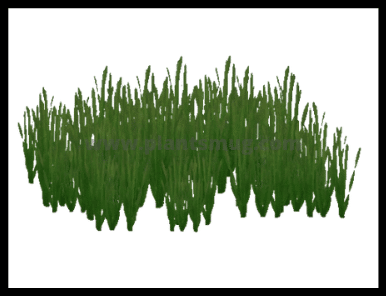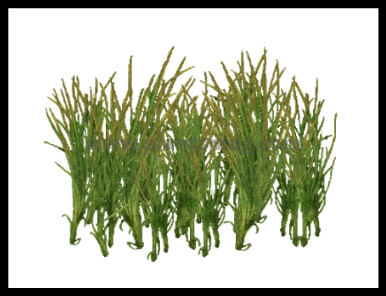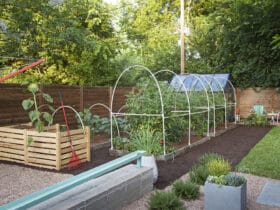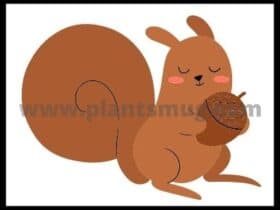Are you want to know about salt grass? How it can impact your environment?
The botanical name of saltgrass is Distichlis spicata which belongs to the family Poaceae and generally, it is known by different names like spike grass, common salt grass, seahorse, alkali salt grass, inland saltgrass, etc.
It is a perennial grass, which is a low growing, rhizomatous, and prefers to growing in the warm season.
The leaves of salt grass are short, paired, and sharply pointed that why it looks like a spiky appearance. Generally, the length of the leaves is around 1 to 6 inches and its width is around 0.25 inches.
It is mostly found in the salt marshes & flats along the Atlantic, Pacific, and Gulf coast. It mostly found in brackish coastal marshes. It is capable of tolerant a good amount of salt.
It can make dense monotypic stands and grows in clonal Colonies. The rhizomes type of root is capable of penetrating and hard soil and arenechymous tissue, which allow them to grows in mud and underwater.
It has no problem with salty or alkaline soil. Saltgrass commonly grows with help of seeds.
Also Read: Why Agriculture Is important Understand In 10 Easy Steps
Salt Grass Advantages:
1. It is most commonly used as coastal wetland restoration and also helps in the reclamation of inland which has a high amount of salt found in the land.
2.It is also used as livestock by animals, during the winter season it is grazed by most of the plants.
3.It is used as a flavor of food. People extracted the salt from the leaves and use it in food.
4.It is used in the medicine and pharma industry, it is mainly used in used as medicine to treat respiratory allergies.
5.It is also used as an important food source for geese and birds.
Salt Grass Disadvantages:
1. During the months of September to Feb there is a high possibility that salt grass responds to burning. When it burning it really affect their surrounding also.
2.Salt grass is an ideal host for red rust.
3.Because of the grazing they, have a high possibility to grow their seeds in large areas and it will disbalance the environmental cycle.
Also Read: Agriculture Pollution Its Reasons And Effects In 7 points












